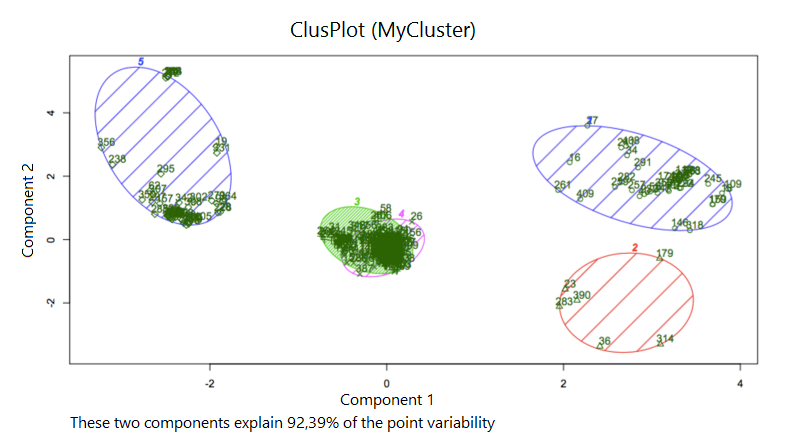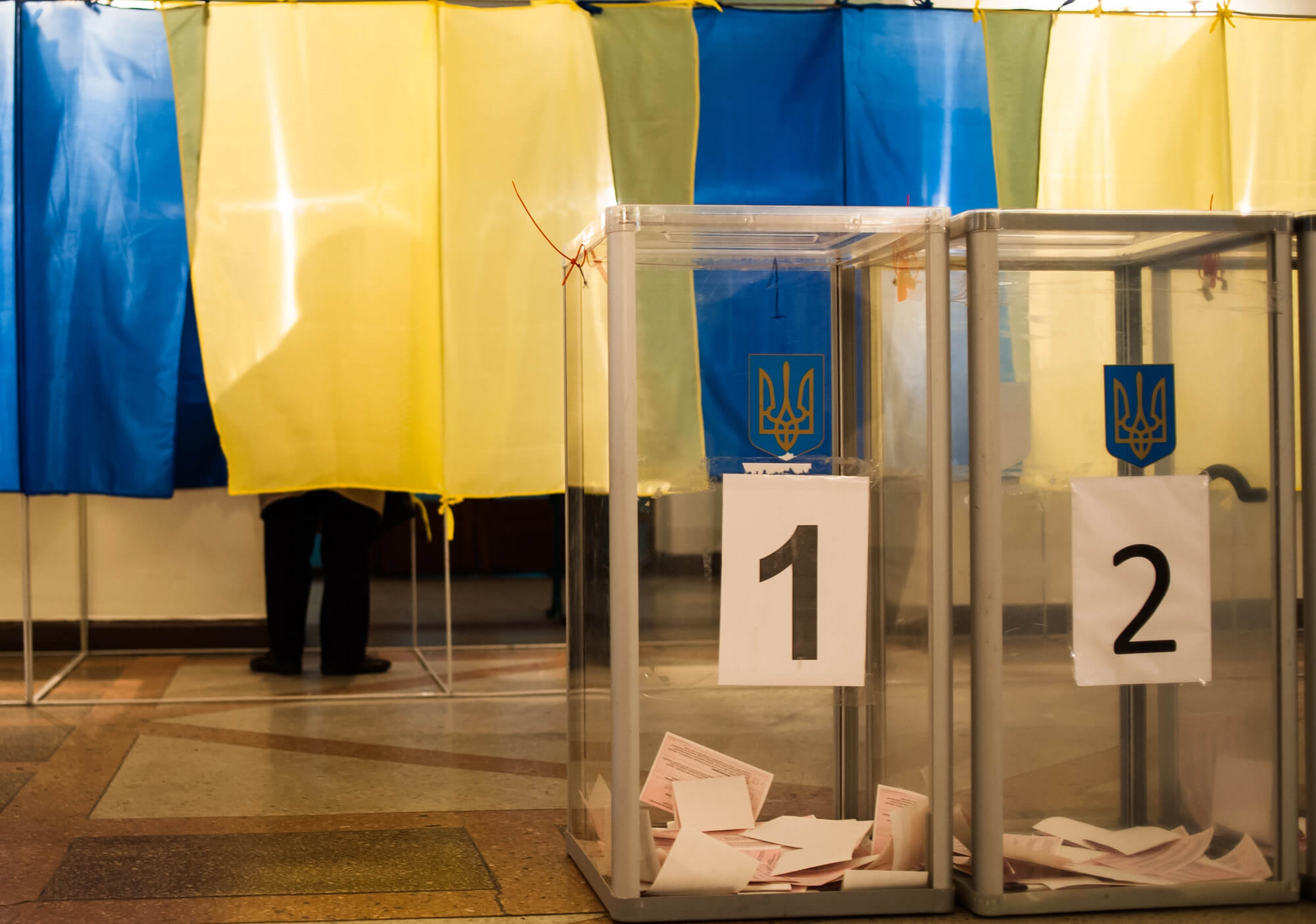Parties serve as a vehicle to be elected to the parliament but afterwards there is little coherence of voting within a party. Each group of deputies that vote together have representatives from the majority of the parties. Thus, the interests, as reflected in similar votes, span across parties.
What are the real parties and coalitions in the parliament? This article analyzes all votes during the first and second sessions in the 8th Rada and identifies groups of deputies who vote together. The classification algorithm is explained below. We have identified five groups of deputies.
The largest group consists of 292 deputies. This is a super majority which tends to vote together. It includes majority of the members from all parties: 106 from Block Petra Poroshenko, 60 from Narodnyi Front, 25 from Samopomich, 16 from Batkivschina, 16 from Liashko party, 20 from Opposition Block, 25 from Non-affiliated, 12 from Volya Narodu, and 13 from Vidrodzgennya. This is the de facto broad (shyrokaya) coaltion.
The second largest group consists of 44 deputies. It includes 10 from Block Petra Poroshenko, 10 from Narodnyi Front, 3 from Samopomich, 1 from Batkivschina, 3 from Liashko, 8 from Opposition Block, 6 from Non-affiliated, 1 from Volya Narodu, and 2 from Vidrodzgennya.
The third largest group consists of 38 deputies. It includes 16 from Block Petra Poroshenko, 8 from Narodnyi Front, 3 from Samopomich, 1 from Batkivschina, 1 from Liashko, 3 from Opposition Block, 4 from Non-affiliated, and 4 from Volya Narodu.
The fourth largest group is 27 deputies: 8 from Block Petra Poroshenko, 4 from Narodnyi Front, 1 from Samopomich, 2 from Liashko, 2 from Volya Narodu, 4 from Non-affiliated, and 6 from Opposition Block.
The smallest group is 6 deputies. There is one deputy from Block Petra Poroshenka, Narodnyi Front, Batkivschina, and Opposition Block, and 2 deputies from Vidrodzgennya.
There are three main conclusions:
- Parties serve as a vehicle to be elected to the parliament but afterwards there is little coherence of voting within a party. Each group of deputies that vote together have representatives from the majority of the parties. Thus, the interests, as reflected in similar votes, span across parties.
- The largest group has enough members to pass any laws through the parliament. Thus, inability of the parliament to pass some laws should be explained by the reasons outside of immediate disagreements and political infighting within the parliament.
- The largest group contains majority of the members of the Opposition Block. Hence, the broad voting coalition between the parties that formed the government and the opposition parties de facto already exists and functions in the parliament.
Explanation of the classification into the groups. The classification was obtained in two steps.
Step 1. The votes were classified using the optimal classification algorithm by Keith Poole, described in Keith Poole. 2000. ‘Non-parametric Unfolding of Binary Choice Data.’ Political Analysis, 8(3):211- 237
The software is available at https://cran.r-project.org/web/packages/oc/index.html
The data is all the votes from the VII-th Rada, Sessions 1 and 2.
The algorithm tries to position the members of the parliament in a two dimensional space and find a cutting line for each law such that this line splits the members of the parliament into the groups which vote yes and no (absent, abstain, etc votes are ignored). The algorithm minimizes the number of errors in classification. Specifically, it minimizes the sum of distances between the position of the member of the parliament and the cutting line corresponding to the law on which the member of the parliament is misclassified. A vote is irregular if the algorithm misclassifies it (e.g, the algorithm puts a member of the parliament in the group with yes votes, but the member of the parliament votes no).
The input command in the algorithm was as follows
class<-oc(RC, dims=2, minvotes=20, lop=0.025, polarity=c(1,2), verbose=FALSE)
This implies that the algorithm ignores all rollcalls (laws) for which there were less than 20 yes or no votes (for instance, if everyone abstained or was not present) and for which there was less than 2,5% different votes (for example, if 99% voted yes and 1% votes no).
Step 2. The members of the parliament were identified with their two-dimensional coordinates obtained in the previous step. We used K-means algorithm to cluster these coordinates, with k=5. The algorithm tries to split the deputies (coordinates) in 5 groups to minimize the average error from the center of the group to its members. The parameter k = 5 was chosen based on the relative reduction of the average error; it flattens out at k=5 (i.e., increasing the number of clusters does not substantively decrease the error). Indirectly, we can see that increasing k beyond 5 is unlikely to change the results since the 5th cluster has only 6 members.
The estimated clusters are plotted in Figure 1
Attention
The author doesn`t work for, consult to, own shares in or receive funding from any company or organization that would benefit from this article, and have no relevant affiliations




